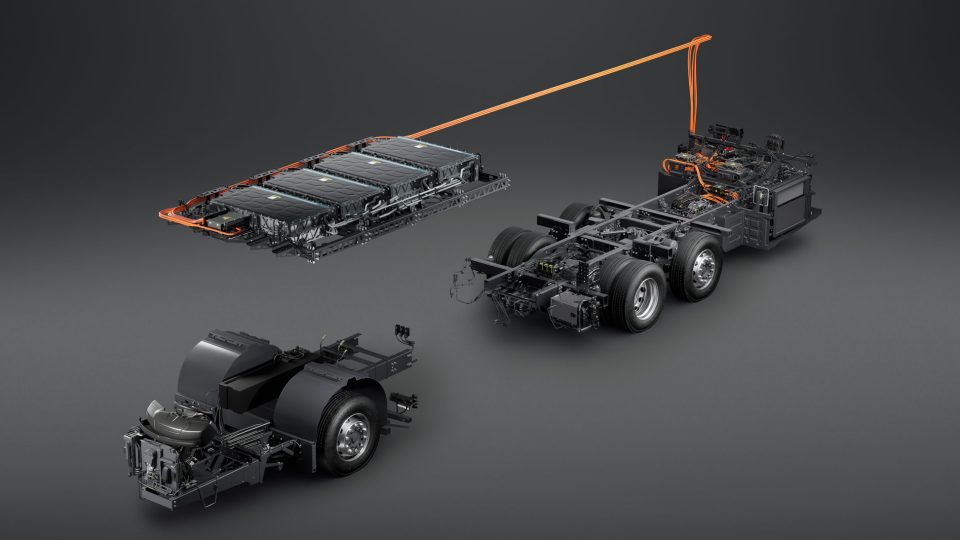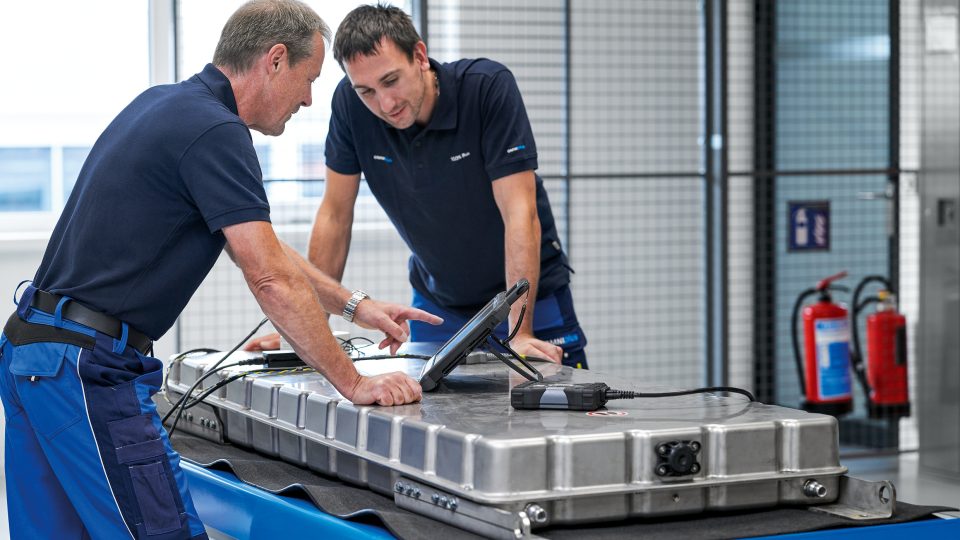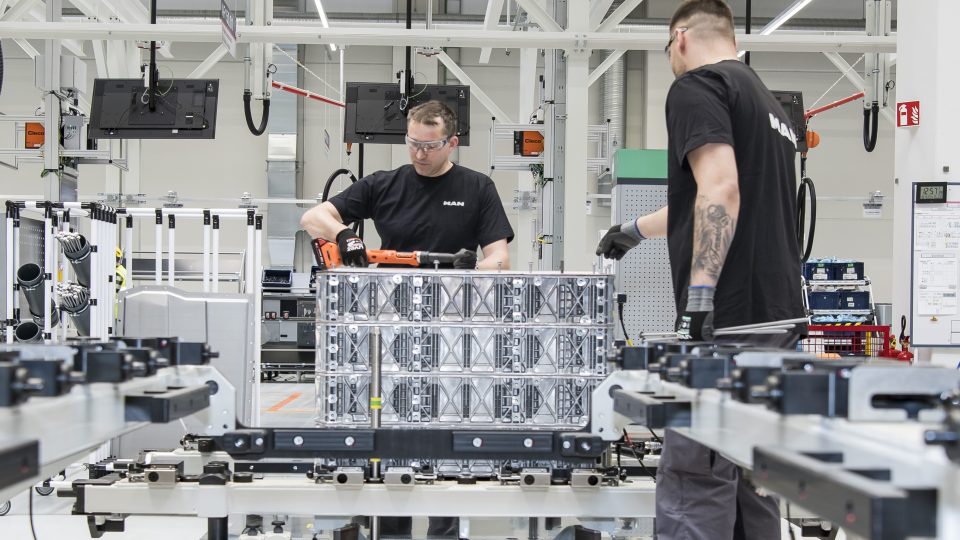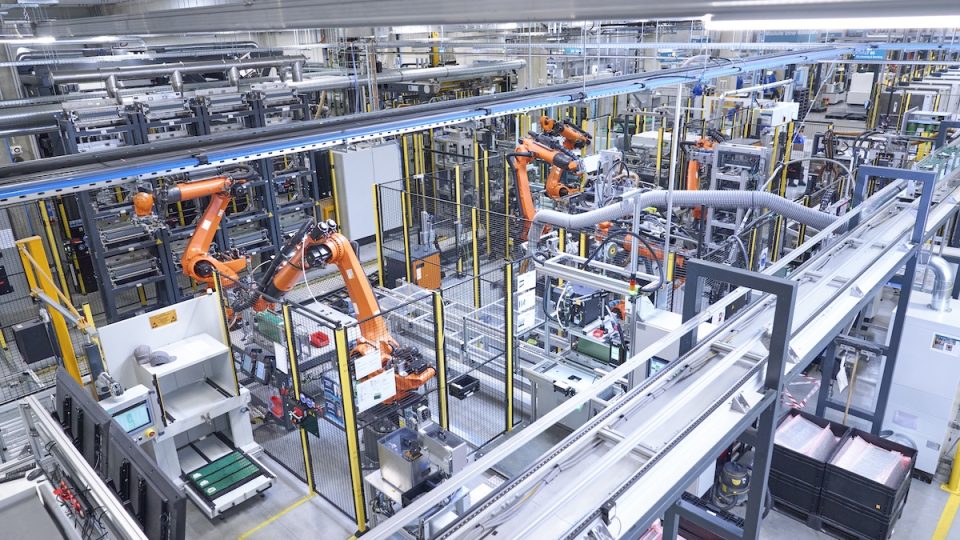BorgWarner invests $500 million in Wolfspeed to get a reliable supply of silicon carbide devices
BorgWarner has entered a partnership with silicon-carbide technology expert Wolfspeed, with the first entitled to purchase up to $650 million of devices annually. Being more specific, Wolfspeed and BorgWarner announced a strategic partnership that calls for BorgWarner to invest $500 million in Wolfspeed’s financing transaction, which was announced earlier today by Wolfspeed, in exchange for a silicon carbide device […]

BorgWarner has entered a partnership with silicon-carbide technology expert Wolfspeed, with the first entitled to purchase up to $650 million of devices annually.
Being more specific, Wolfspeed and BorgWarner announced a strategic partnership that calls for BorgWarner to invest $500 million in Wolfspeed’s financing transaction, which was announced earlier today by Wolfspeed, in exchange for a silicon carbide device capacity corridor.
Silicon carbide technology is quickly approaching the electric bus market. An increase in the e-powertrain’s efficiency is the main advantage brought by the adoption of such technology. So far, Yutong and Solaris (even in the latest unveiled Urbino 15 LE Electric) have announced they are using SiC technology at the inverter level.
«Compared to a silicon-based semiconductor, a silicon carbide semiconductor achieves greater power per size and delivers a significant reduction in switching losses and permits far higher switching frequencies. For electric vehicles, including e-buses, this means a 5-10% increase in range or similar reduction in expensive battery requirements for the same range» said Guy Moxey, Senior Director of Power Product Marketing & Application for Cree | Wolfspeed, in an interview with Sustainable Bus.
BorgWarner invests in Wolfspeed
BorgWarner’s Charging Forward strategy targets $4.5 billion of electric vehicle revenue for 2025, compared to less than $350 million in 2021, the group points out. Based on new business awards and acquisitions announced as of the company’s third quarter earnings release, BorgWarner believes it is already on track to achieve approximately $4 billion of electric vehicle revenue by 2025.
Wolfspeed recently outlined a multi-year, $6.5 billion capacity expansion effort which included the installation of additional tools at the company’s state-of-the-art, 200mm Mohawk Valley fab and the construction of a 445-acre Silicon Carbide materials facility in North Carolina, which will expand the company’s existing materials capacity by more than 10x. The first phase of construction is slated to be complete by the end of FY2024.
“Silicon carbide-based power electronics play an increasingly important role for our customers as our electric vehicle business continues to accelerate,” said Frédéric Lissalde, President and CEO of BorgWarner. “We believe this agreement helps ensure that BorgWarner will have a reliable supply of high-quality silicon carbide devices, which are significant to the company’s inverter growth plans. Building upon BorgWarner’s world-class Viper power switches and inverter technology, we are excited about the opportunity to work jointly with Wolfspeed, the leader in silicon carbide, on the potential development of the next generation of silicon carbide products. We believe our relationship with Wolfspeed will drive innovation, accelerate the global transition to electric vehicles, and further BorgWarner’s vision for a clean, energy-efficient world.
“Today’s announcement demonstrates the creative solutions two collaborative and strategic partners are pursuing to better support the growing demand for silicon carbide devices. BorgWarner has been a strong partner with Wolfspeed for many years, and we are pleased to secure the investment from them which will be used to support our capacity expansion efforts and ensure we have a steady supply of product for their customers,” said Gregg Lowe, President and CEO for Wolfspeed. “This agreement, combined with our most recent announcement of a multi-billion-dollar materials expansion in North Carolina, confirms the industry transition from silicon to silicon carbide is well underway.”







